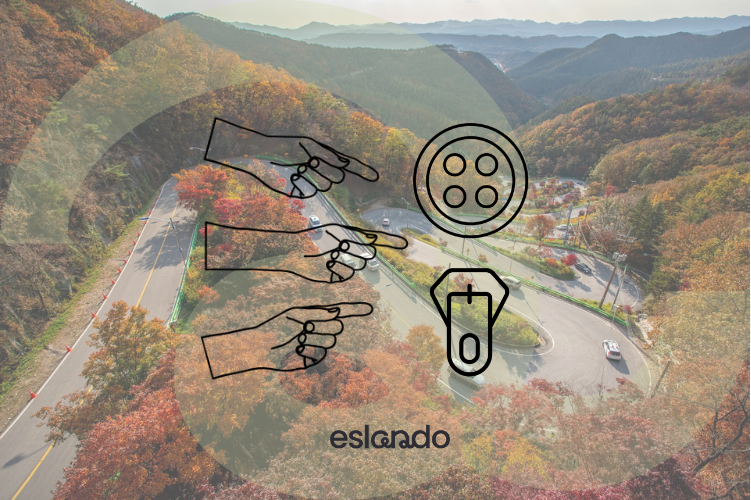Let’s Stop Blaming Buttons: The Real Roadblocks to Textile Recycling

In the world of textile recycling, few topics spark as much debate as the role of buttons and zippers. These small garment components are often blamed as major obstacles to effective recycling — a stance that’s deeply ingrained in conversations spanning recyclers, brands, investors, and policymakers alike.
But is this fixation on buttons and zippers really justified? Or is it a distraction from the more complex, systemic challenges that truly hold back textile recycling at scale?
The Legacy of Buttons and Zippers as “The Problem”
For decades, textile recycling has been dominated by mechanical processes designed to handle relatively uniform materials. In these systems, hard components like metal zippers or plastic buttons can damage machinery, contaminate fibre streams, and complicate sorting.
As a result, many recycling operators have viewed these attachments as insurmountable barriers. This legacy perspective has shaped industry narratives — to the point where “buttons and zippers” have become shorthand for the entire category of recyclability challenges.
The overgeneralisation problem
Most post-consumer textile recyclers focus on producing non-woven materials—like denim fibre insulation—and they typically employ automatic zig-zag separators that effectively remove hard components such as buttons and zippers before processing.
On the other hand, open-end spinning facilities, which carry out textile-to-textile recycling, usually do not work with post-consumer waste. Instead, they source cleaner post-industrial textile waste directly from garment manufacturers or branded clothing suppliers. This waste stream do not have buttons and zippers in them.
Why This Debate Is Outdated
Today, recycling technologies have evolved significantly:
- Advanced mechanical recyclers, such as large-scale non-woven producers, employ sophisticated separation methods — such as zig-zag separators and Eddy current separators— that automatically remove hard components from shredded textiles.
- Chemical and enzymatic recycling processes break down fibres at a molecular level, enabling easy separation of buttons, zippers, and other contaminants, much like sieving tea leaves from brewed tea.
- Design innovation: Fashion brands are innovating with design for recyclability, creating garments with mono-material trims and recycled plastic buttons that simplify end-of-life processing.
These advancements mean that buttons and zippers are no longer the insurmountable problem they once were. Yet the debate lingers, often because many in the industry are unaware of these innovations or are still tied to legacy assumptions.
Understanding these distinctions is key to framing the conversation more accurately and avoiding overgeneralisation of the problem.
What’s Really Missing from the Conversation
The obsession with buttons and zippers obscures a far more complex reality:
- Material complexity beyond attachments: Textile blends, dyes, coatings, and micro-contaminants often present bigger recycling challenges.
- Collection and sorting logistics: Efficiently gathering and sorting post-consumer textiles remains a costly, fragmented, and underdeveloped infrastructure challenge.
- Economic incentives and scale: Without clear business models and sufficient investment, recycling technologies cannot reach the scale needed to make a global impact.
- Design for recyclability: Without industry-wide adoption of circular design principles, recycling remains perpetually complicated.
- Collaboration and knowledge sharing: Competitive secrecy hinders the collective progress needed to build a scalable recycling ecosystem.
What is the way forward? Shifting the Narrative and the Industry Focus
To accelerate textile recycling, we must move beyond the outdated “buttons and zippers” debate and tackle the systemic challenges head-on:
- Educate stakeholders on the capabilities of modern recycling technologies and promote the adoption of best practices.
- Drive design innovation that prioritises recyclability from the outset.
- Build infrastructure and logistics to efficiently collect, sort, and process textiles at scale.
- Foster collaboration across recyclers, brands, and investors to share knowledge and align incentives.
- Focus on economics and market development to create viable business models supporting circular textile supply chains.
Conclusion
Buttons and zippers, while tangible and visible, are no longer the biggest barriers to textile recycling – thanks to advanced machinery such as zig-zag separators and Eddy Current Separators. The only thing stakeholders need to do is to invest in this machinery in their facilities.
Continuing to focus on these components risks diverting attention from deeper, systemic challenges that require collective action.
Solving textile recycling’s real challenges will take innovation, collaboration, and bold leadership. That’s why at Eslando, we focus on connecting the right materials to the right recyclers, breaking down knowledge barriers, and making the circular textile economy a practical reality — beyond the myths about buttons and zippers.